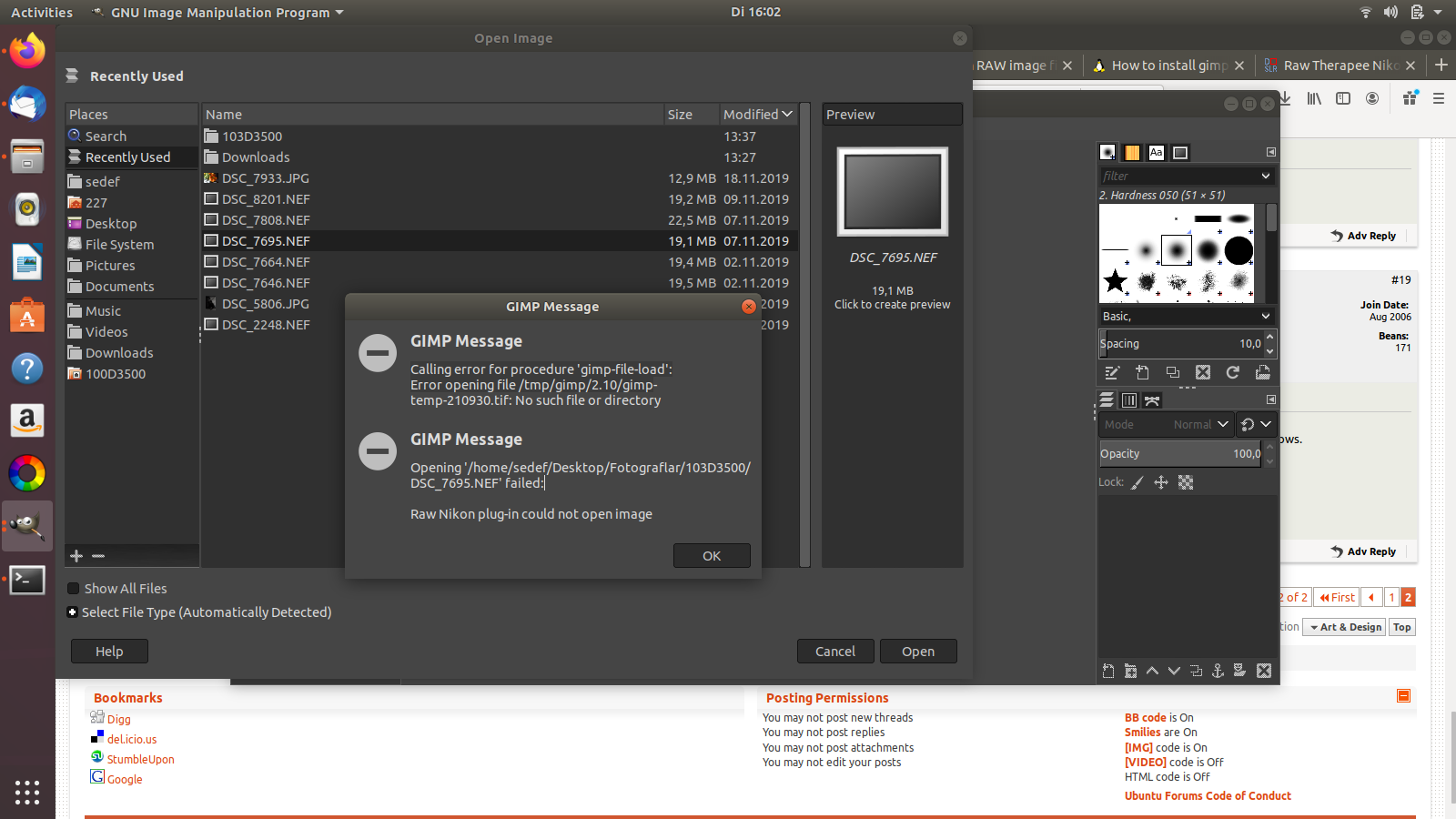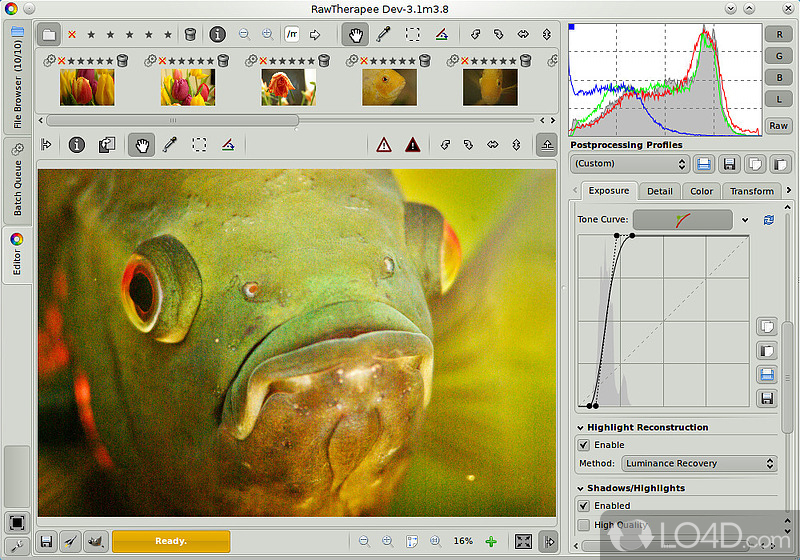

Repeat once so that you have 3 copies of the image in your catalogue.

I mention this because you talked about noise. The noise floor of an image effectively limits the ability to distinguish between shadow tones and thus affects the dynamic range, also if you have a limited number of bits per pixel the quantisation noise increases. So the higher the dynamic range the lower the noise and the higher the noise the lower the dynamic range. I wont go into the how (see the many other answers to this question) but will point out that dynamic range and noise are inversely proportional.

So what you meant to ask was "how do you create a tonemapped image from a single raw", which is possible.

This is what is responsible for the HDR "look".
#Print rawtherapee file a tif full#
Effectively this boosts the local contrast so the dynamic range for one part of the image is displayed using the full range available to the monitor. For this reason mankind invented tonemapping. Dynamic range is the ratio between the darkest parts you can distinguish and the brightest parts.Ī true multi-exposure high dynamic range image with linear tonecurve would actually look very flat and uncontrasty, due to the fact that computer monitors can only display a limited dynamic range so the differences between tones must be made as small as possible. "HDR" is far and away the most misused term in photography. The short answer is no it's not possible to create an HDR image from a single raw file. IIRC, bumping up the strength to full, and then tweaking from there produced good results. When using Photomatix, try playing with the settings, the default values were never good. You will need to play with the EV values until you get the intuition on what EV values will work with your base image. Depending on your base image, these exposures may be -2/0/+2 EV or -1/0/+1 EV (as Marc's answer (and image shows)), or some variation of three exposure values-one that is less than your base image, and one that is more than your base image. When you have your single RAW file, you want to hopefully create at least three images with varying exposure levels. The way dSLR CMOS sensors work, they do a much better job capturing information in an image that is slightly overexposed, than with an image that is underexposed (shadow areas will have more noise). You want to capture as much detail in the shadow areas of your image, without blowing out the highlights. Ideally you want to capture at least 3 distinct images, but the more properly exposed your single raw image is, the better the outcome.īy proper exposure (a subjective term), I mean to expose to the right.


 0 kommentar(er)
0 kommentar(er)
